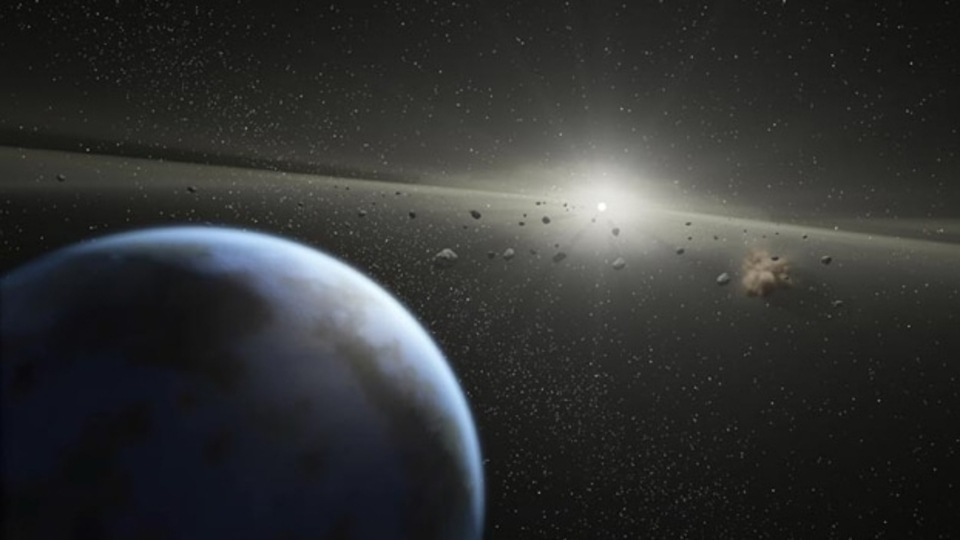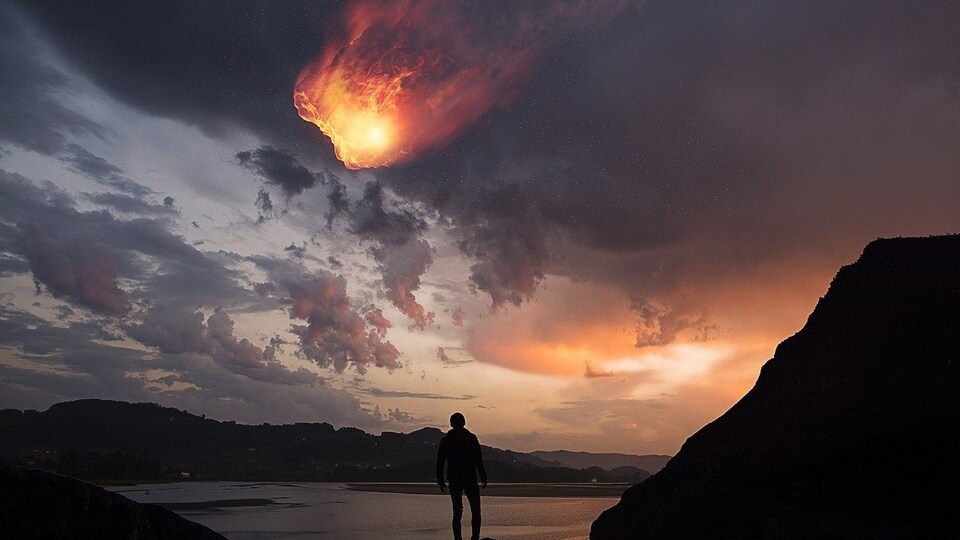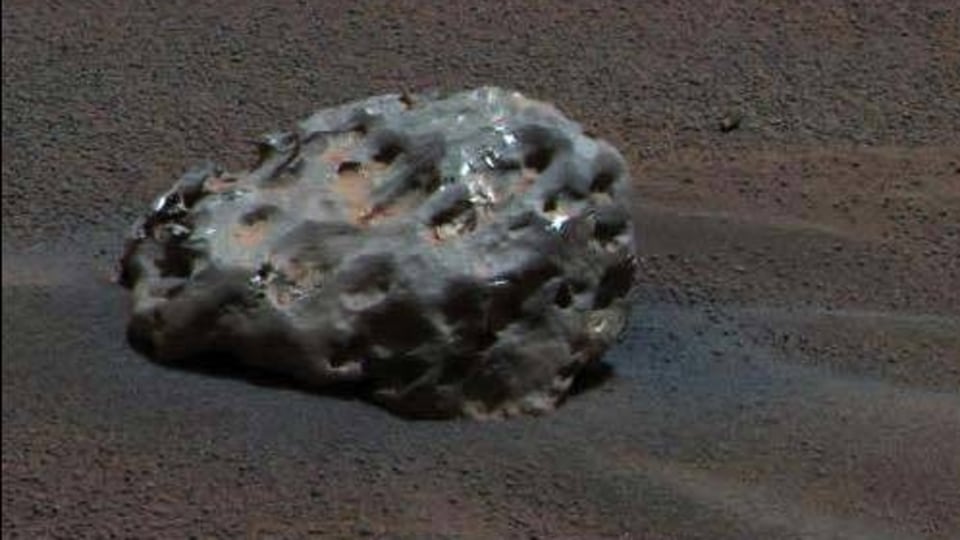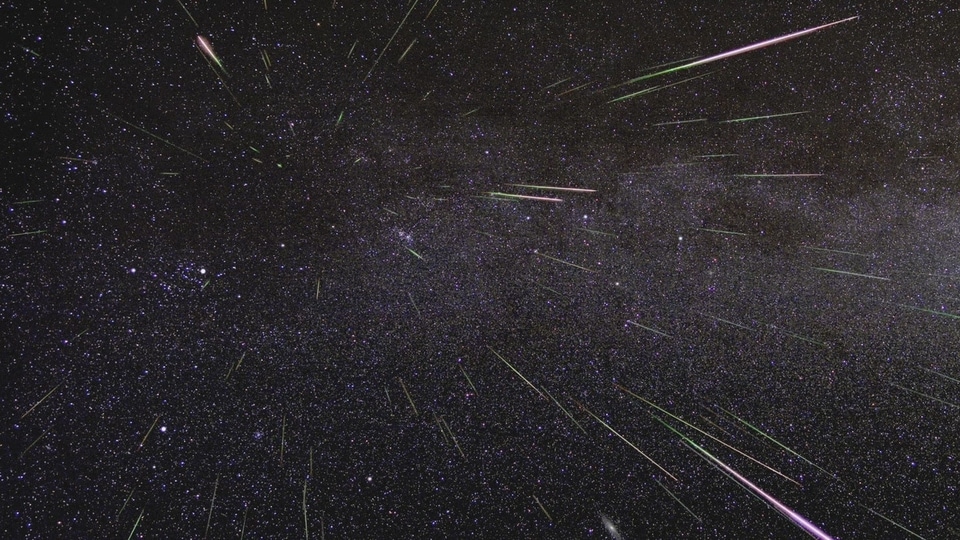Geminids meteor shower peaks this week under dark skies
The year’s best meteor shower, the Geminids, peaks this week. Skygazers may see as many as one or even two a minute streaking across dark skies.






 View all Images
View all ImagesThe year's best meteor shower, the Geminids, peaks this week. Skygazers may see as many as one or even two a minute streaking across dark skies.
The meteors will reach their frenzy Thursday. But Wednesday night should provide a cosmic spectacle as well.
The moon is waning so that will make for prime viewing anywhere in the world where skies are clear and in spots without light pollution.
NASA urged observers to look everywhere in the sky since meteors don't come from any particular direction. Between 60 and 120 meteors are expected every hour at peak time, weather permitting.
NASA meteoroid expert Bill Cooke said he loves that the Geminids have a greenish hue as they speed across the sky and burn up. Most meteors appear to be colorless or white depending on their chemical makeup. Green usually comes from oxygen, magnesium and nickel.
Most meteor showers originate from comets. But the Geminids come from the sun-orbiting asteroid 3200 Phaethon. Either way, when Earth passes through these leftover bits of comets or asteroids, the fragments encounter Earth's atmosphere and put on quite the show.
Catch all the Latest Tech News, Mobile News, Laptop News, Gaming news, Wearables News , How To News, also keep up with us on Whatsapp channel,Twitter, Facebook, Google News, and Instagram. For our latest videos, subscribe to our YouTube channel.

























